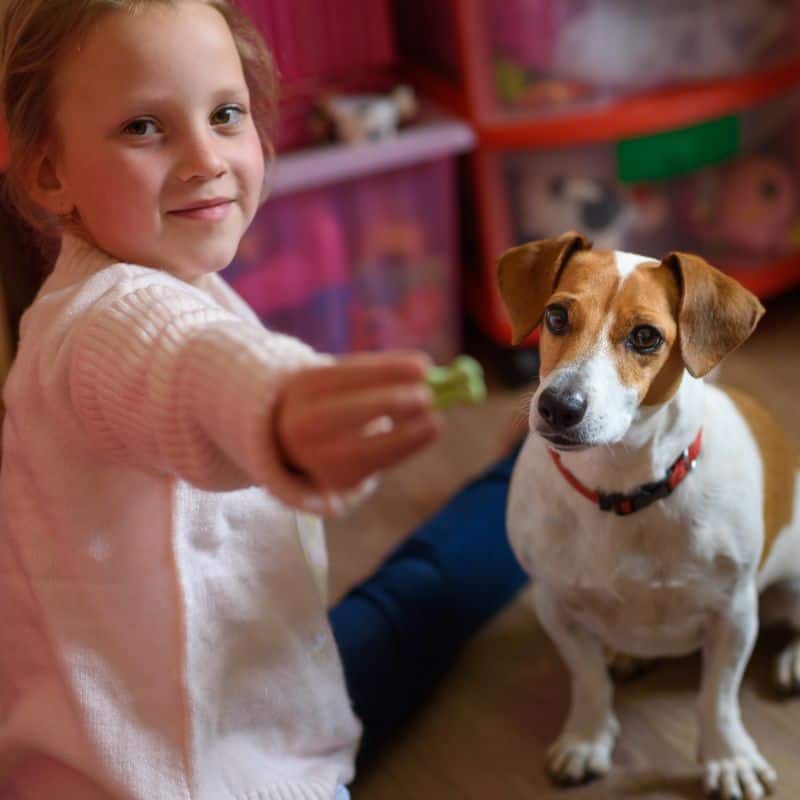How to Mix Kids and Pets Responsibly

The image of a small child and a devoted family dog is a powerful one. At Animal Medical Hospital & Urgent Care, we witness the magic of children and their pets almost daily. There are even scientific studies supporting improvements in emotional skills, reading and cognition, decreased risk of allergies, and improved immune system function in children who are exposed to animals.
Of course, there is a right and a wrong way to do things. While kids and pets make an amazing match, it is important to be sure that we are responsible and safe when putting them together.
Keeping Children Safe
When it comes to kids and pets, it’s important to understand that all animals can succumb to natural instincts, such as biting.
About half of the 4.5 million people bitten by a dog in the United States each year are children 14 years of age or under. Half of these happen with familiar dogs. Besides teaching our children ways to keep themselves safe and educating ourselves so that we intervene before a situation escalates, we can also do a lot with our own pets to reduce the risks.
Take the time to:
- Take time to carefully select a new pet after doing your research and understanding the species/breed (give us a call, we are happy to help)
- Socialize your pet
- Learn the signs that aggression is escalating in dogs and cats
- Provide your pet with basic training
- Never leave children and pets unsupervised
- Be sure that your pet has a safe place to retreat to away from children and other potentially stressful stimuli
- Visit us routinely so that we can help be sure that your pet feels his best and is free of infectious diseases; problems like arthritis and dental disease can cause pain and a lower tolerance level
Safety Tips for Kids and Pets
Of course, we won’t have control over all of our children’s interactions with pets as they move through life. It is important to teach children safe animal skills as soon as they are old enough to have some understanding.
Children should:
- Ask any pet’s owner before petting or approaching an animal
- Know to be still and quiet “like a tree” if approached by an unfamiliar animal
- Let a grown up know if an unfamiliar animal is spotted
- Know to not disturb animals while they are eating, sleeping, or have babies
- Not be allowed to engage in aggressive play with animals
There are some excellent resources on the Internet for helping to teach children how to behave around animals. Jimmy’s Dog House is a YouTube video series for kids that helps them to understand how to be safe around dogs. The American Veterinary Medical Association also has a downloadable coloring book for kids about dog bite prevention.
We would love for all kids to have the opportunity to grow up with a love for animals. This should not come at the expense of safety, however. A little knowledge can go a long way towards keeping kids safe and growing them into the animal lovers of the future!
